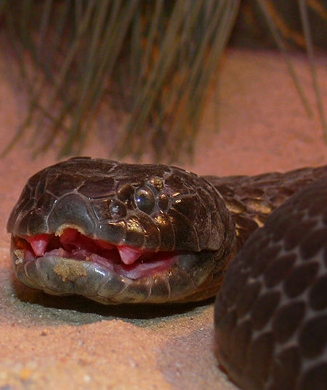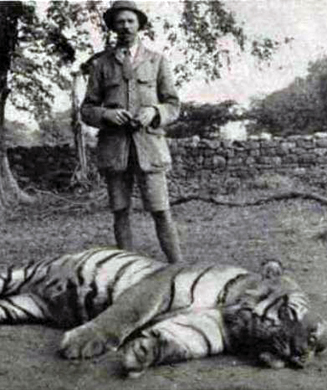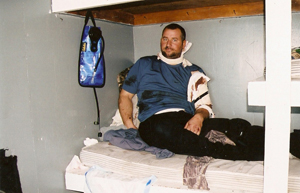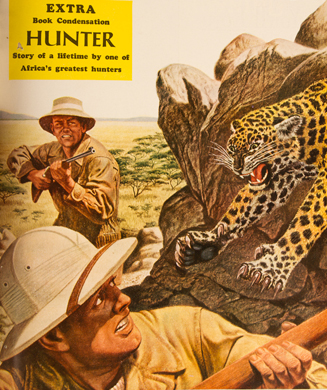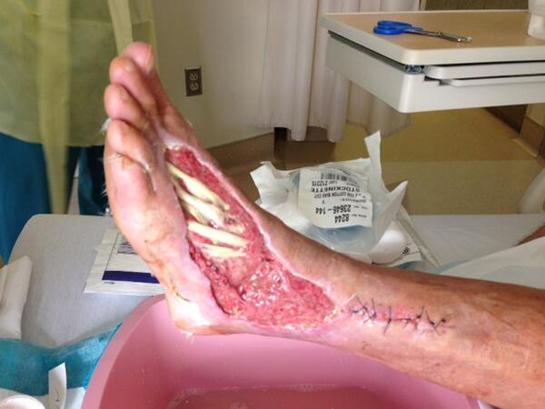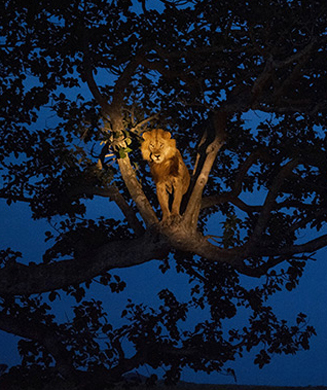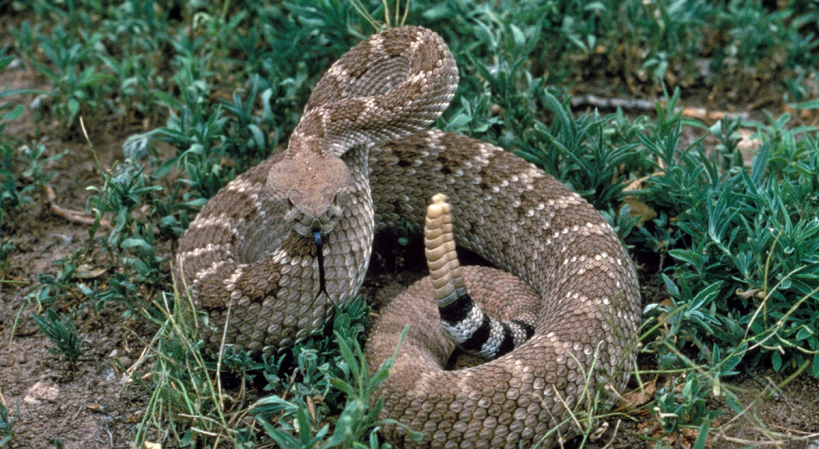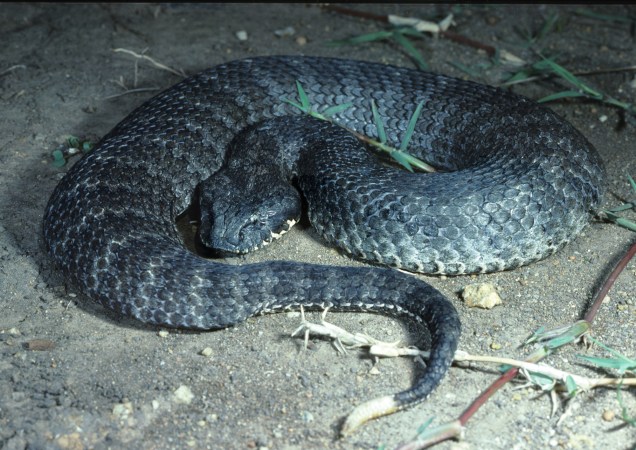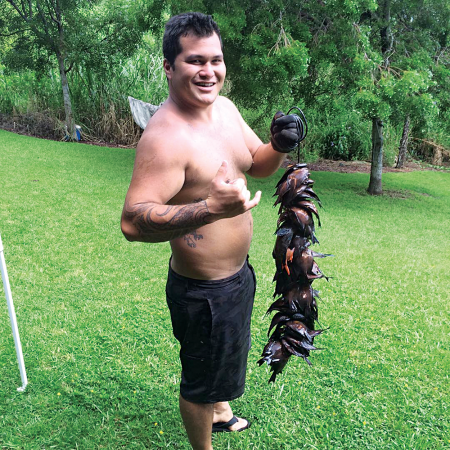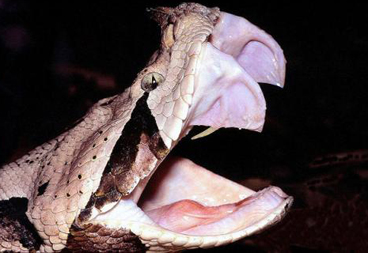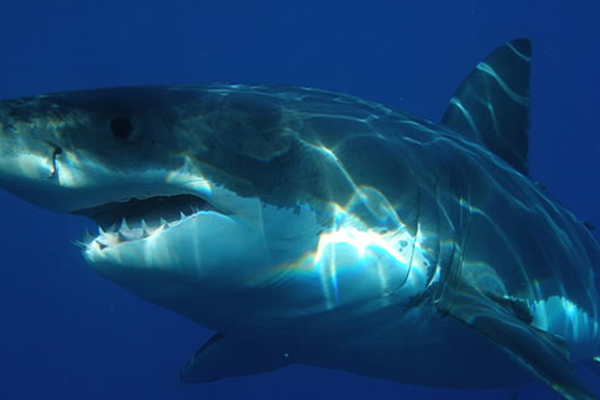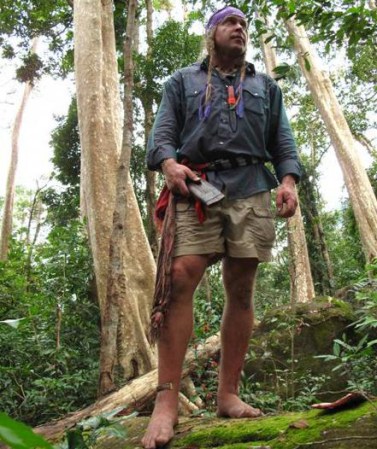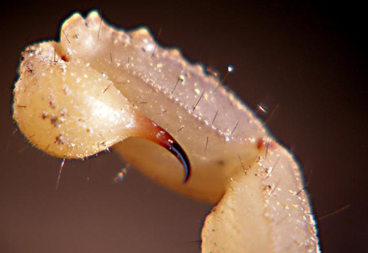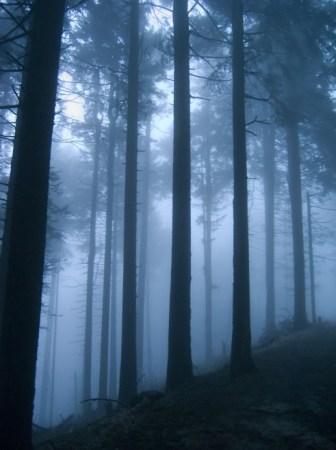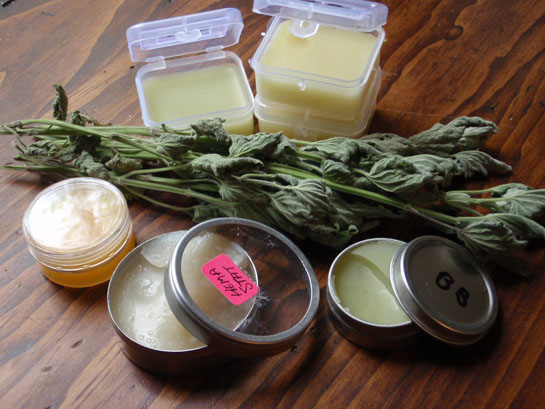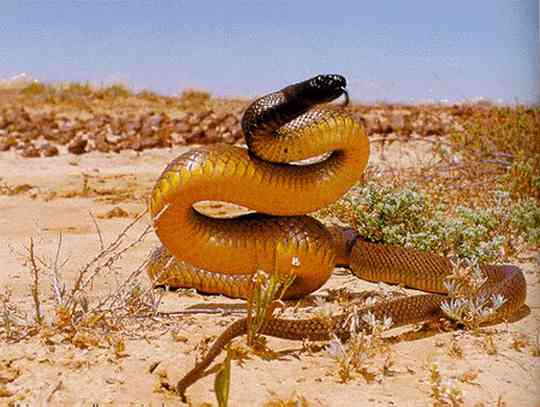
The inland taipan is a fast moving Australian snake that hunts in the daytime. It can reach up to five feet in length, and will bite multiple times when provoked. One bite has enough venom to kill 100 adults.
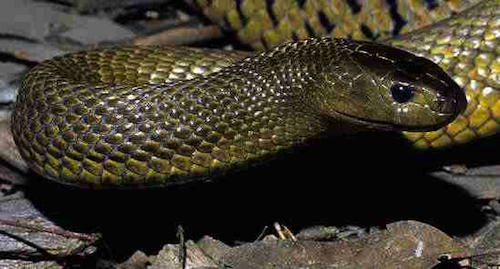
Inland taipan venom contains toxins that cause paralysis and muscle weakness. The venom also has toxins that interfere with blood clotting, putting victims at risk of major bleeding.
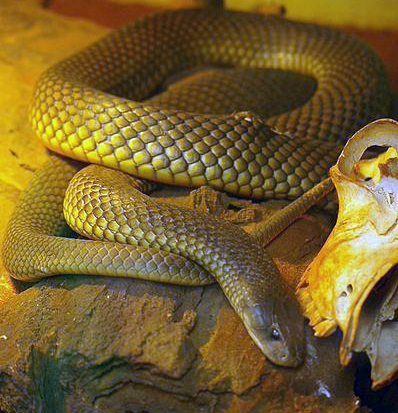
This snake has seven sub-species, and it is also known as the king brown snake in its native Australia. It can grow to six feet in length. These snakes flatten their necks before striking, giving them a cobra-like appearance.
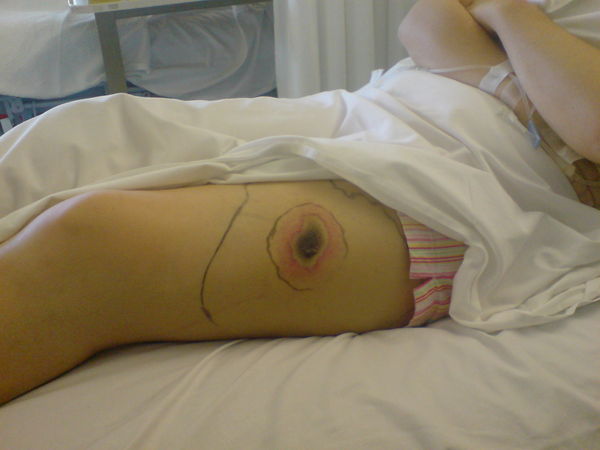
The venom of the common brown snake interferes with blood clotting. Kidney failure is also an effect of brown snake bites to humans.
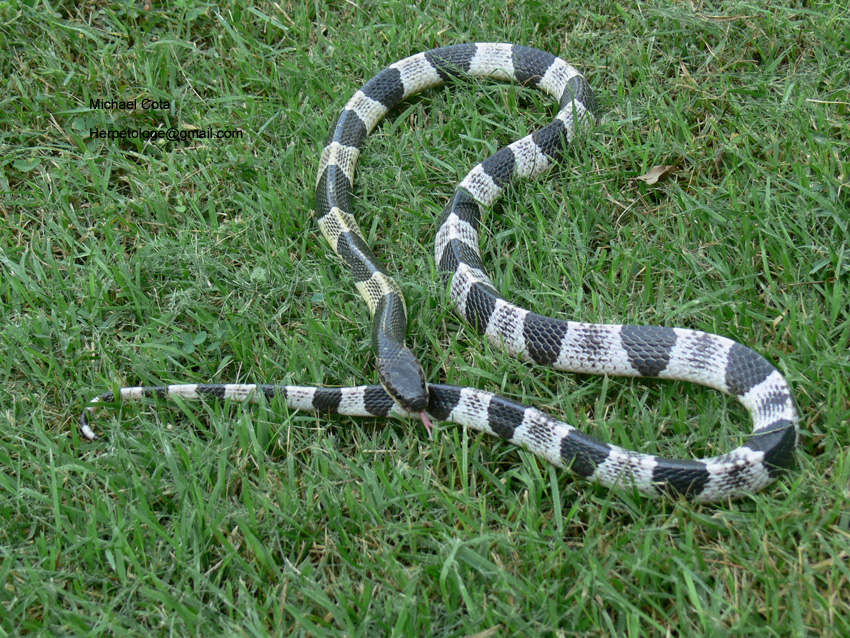
The blue krait is from Thailand, where it grows up to four and a half feet long. The structure of its venom is different from that of any other snake. It is a nocturnal creature that does not like sunlight. It prefers to live near water, behaves in a very shy manner and only attacks in self-defense.
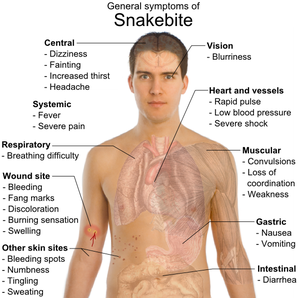
This snake carries a very deadly toxin–up to 16 times stronger than the cobra's. Even a small amount of venom is neurotoxic and will cause the human nervous system to shut down. Coma, brain death and suffocation due to paralysis of the muscles necessary to breathe (diaphragm) are frequent causes of death. Death results 12 to 24 hours after a bite that is not treated. Strangely, little or no pain is felt at the bite location.
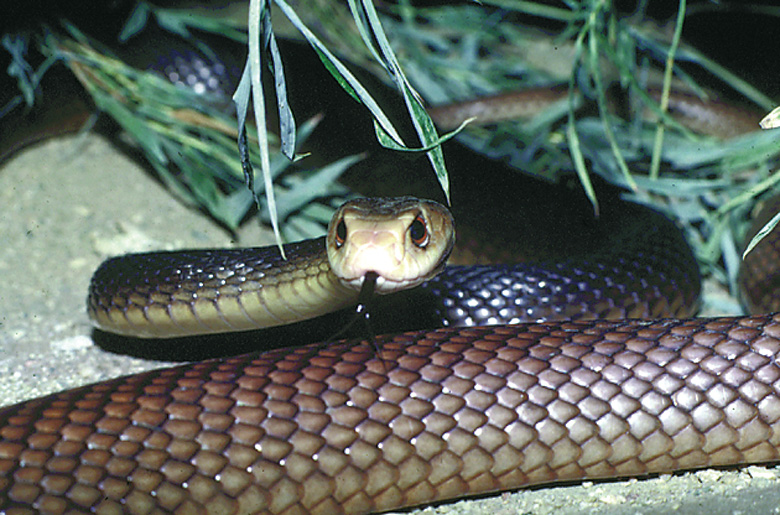
The taipan is found in Australia and New Guinea. It prefers to live under fallen logs and in roots of trees. It has the longest fangs of any Australian snake and has extremely poisonous venom. It grows up to 12 feet in length, feeding on bandicoots, birds, rats and mice.
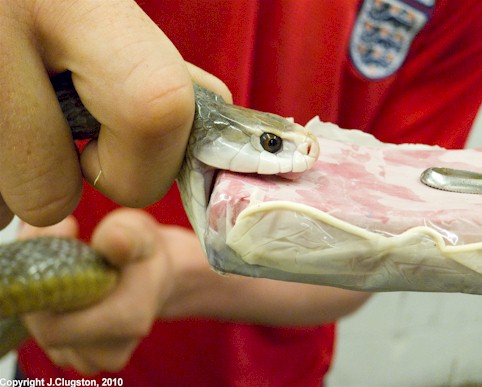
Taipan venom is very similar to that of the inland taipan, as it keeps the blood from clotting and causes nervous system and muscular damage. Photo: snakeprofessional.com
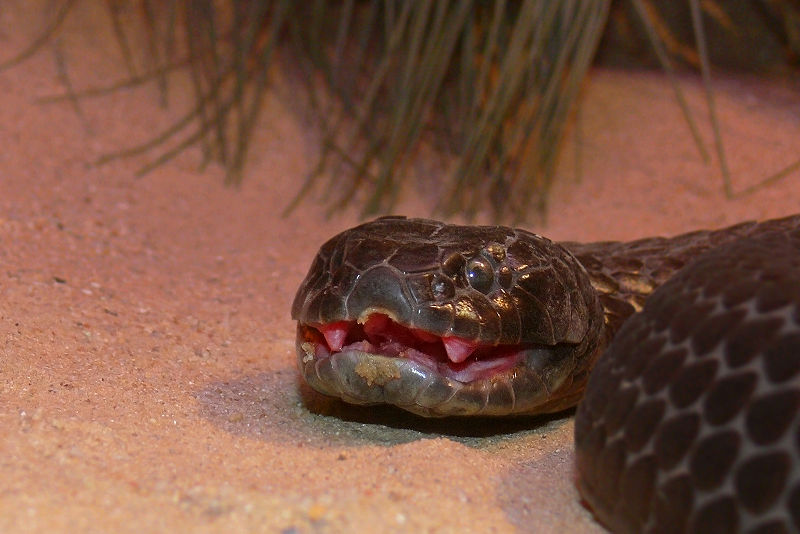
Another deadly snake that is found in Australia is the tiger snake, which lives in creeks, wetlands and coastal environments. It feeds on mice, birds, lizards and frogs. This snake bears up to thirty live young; this is unusual as snakes are normally egg layers. It grows up to six feet in length. Photo: benjamint444
Once bitten, 60 percent of people suffer systemic envenoming, which may develop in less than 15 minutes after the bite. Three or four vials of tiger snake antivenin will reverse the severe bleeding disorder and prevent paralysis and muscle damage.
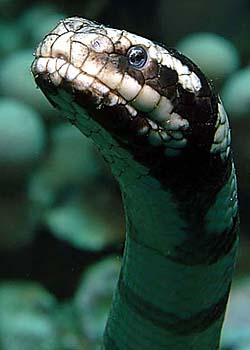
This is an extremely dangerous ocean snake, native to Australian shores and the Persian Gulf. It can grow up to 4 feet in length, living off eels, fish eggs and fish. It is responsible for more than half of all the sea snake bites, and 90 percent of all deaths related to them.
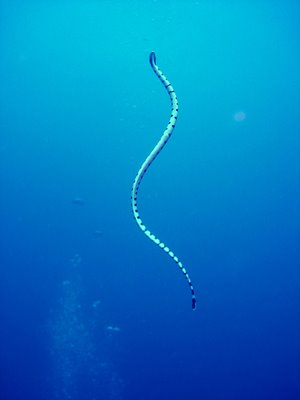
The venom of this snake is rated four to eight times as toxic as cobra venom. It only takes about 1.5 milligrams of its venom to be lethal.
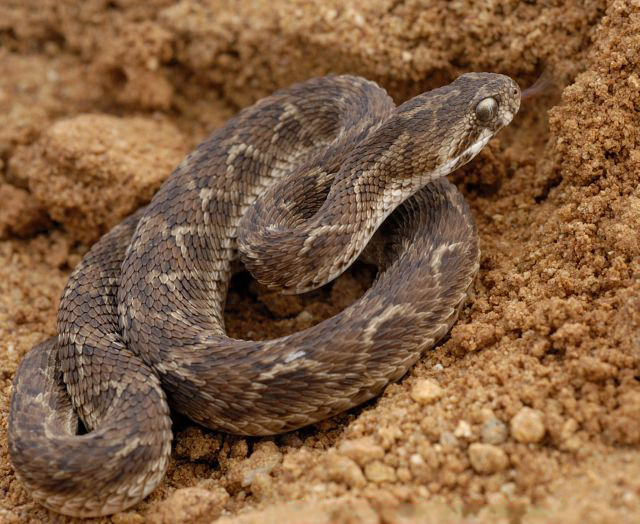
Small enough to almost be cute, this serpent belongs to the viper family and lives in South East Asia. Never more than three feet in length, this ill-tempered little snake produces a special alarm noise. When provoked, it rubs its scales together to make a loud rasping or sizzling sound. Photo: Echis
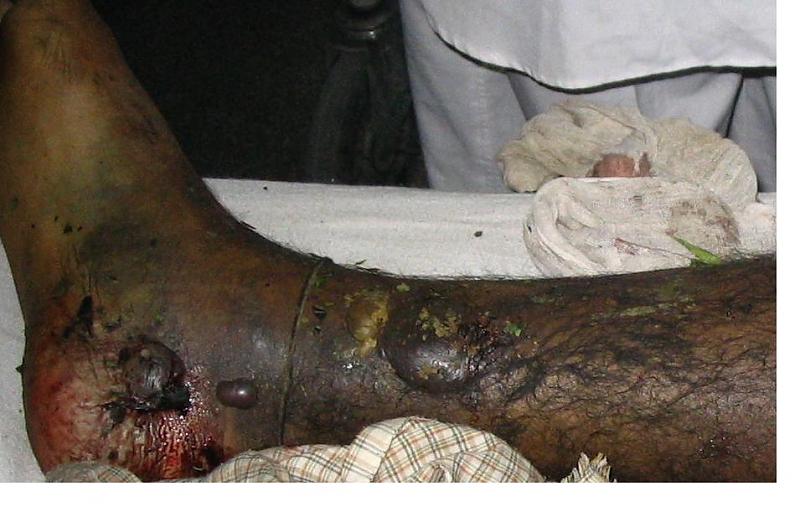
The venom of this species consists mostly of hemotoxin. Most victims are bitten after dark when these snakes are active. This may result in bleeding anywhere in the body, including the possibility of a brain hemorrhage, which usually happens a few days following the bite.
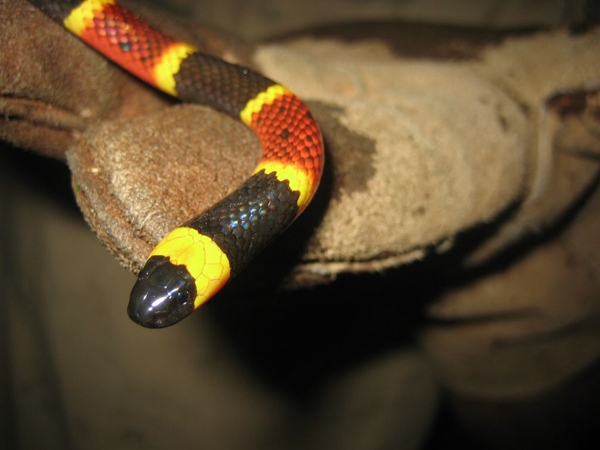
The Coral Snake is found in Central America, North America and South America. It spends much of its life underground in cracks and crevices, and never reaches more than three feet in length. The coral snake feeds on other snakes, lizards and amphibians. There are more than fifty different coral snake species worldwide, all of which bear big red bands with small yellow and black bands down their body.
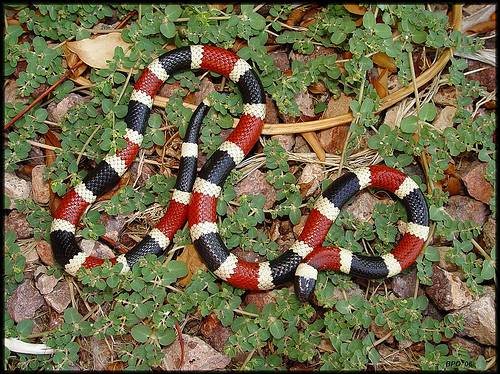
New World coral snakes possess the most potent venom of any North American snake. Just three to five milligrams of venom can be fatal to the average adult human. Coral snakes have a powerful neurotoxin that paralyzes the breathing muscles. There is usually only mild pain associated with a bite, but respiratory failure can occur within a few hours.
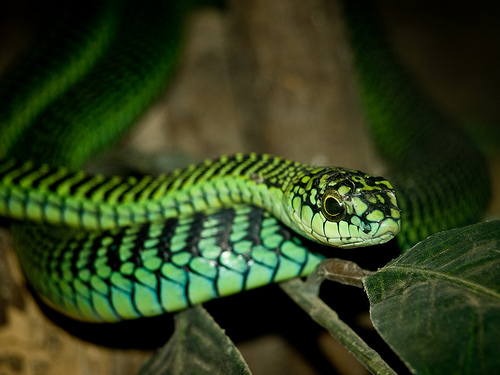
The boomslang is a surprisingly timid snake found in sub-Saharan Africa, dwelling in trees and feeding on frogs, lizards, small mammals, eggs and birds. This long snake grows up to 16 feet in length, and carries very deadly venom. Photo: William Warby
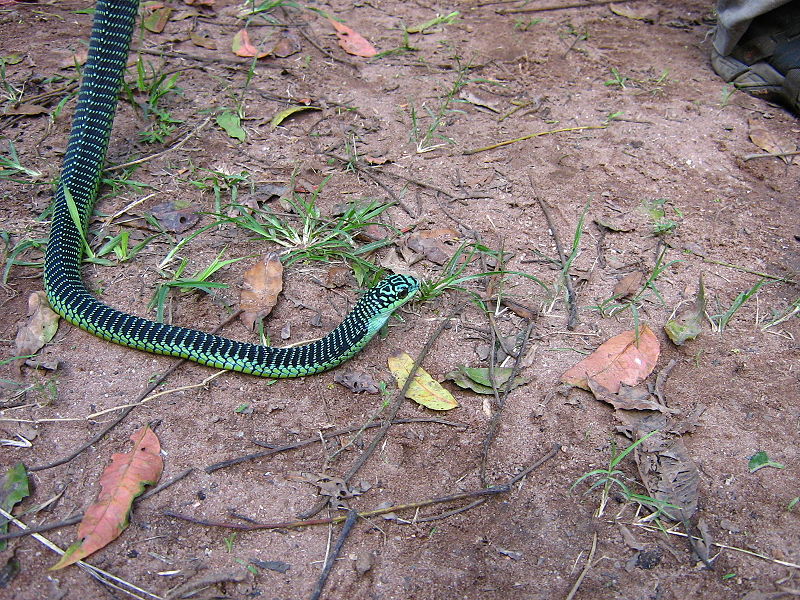
The venom of the boomslang is primarily a hemotoxin. It disables the blood clotting process and the victim may well die as a result of internal and external bleeding. Other bite symptoms include headache, nausea, sleepiness and mental disorders. Because the venom is slow to act, symptoms may not be manifest until many hours after the bite.
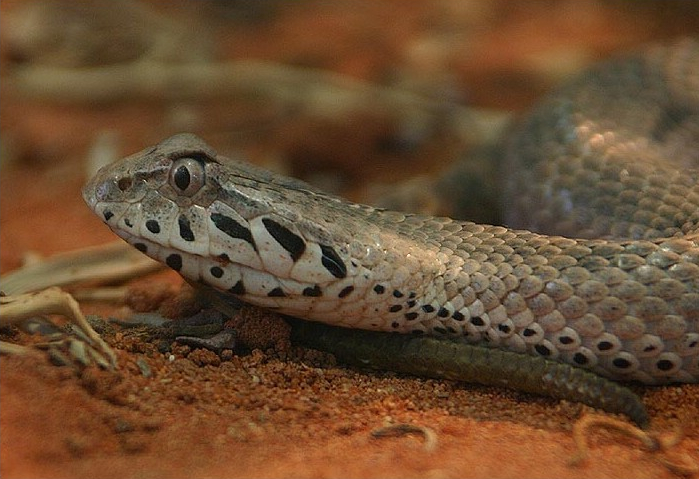
This is regarded as the world's deadliest snake, and is found everywhere in Australia except for Tasmania and Victoria. It can produce up to 20 live offspring. The death adder is a wide-bodied, brown and reddish-orange snake, which grows up to 5 feet in length. Its venom attacks the nervous system, leading to paralysis and death. Photo: ram-man
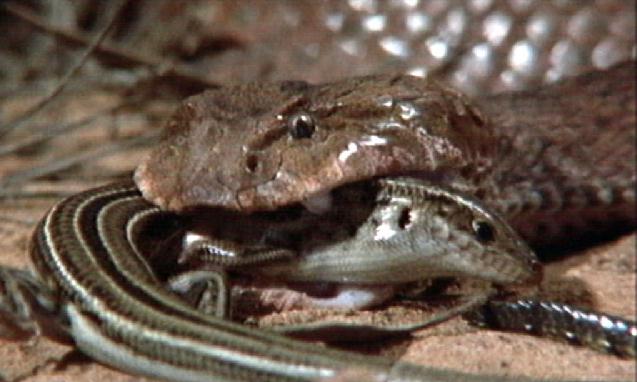
Symptoms of death adder bites include muscular paralysis, disruption of equilibrium, sweating and death from respiratory failure. The large venom yield and extreme toxicity of the venom makes this snake's bite one of the most dangerous in the world. Warning: The next slides contain extremely graphic content.
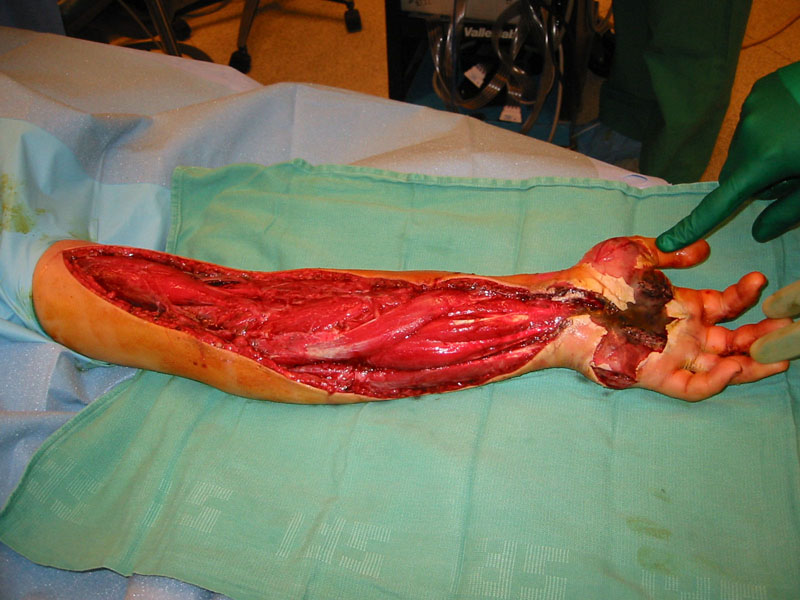
By: Rich Johnson Venomous snakebite is sometimes erroneously viewed as not all that serious, because most victims survive. What is only rarely reported is the physical devastation that some survivors endure after envenomation. Here are some tips to help avoid snakebite. • If you encounter a snake, point it out to others in your group and then give it wide berth and leave it alone. Many snakebite incidents occur when trying to kill or move the serpent. • If you know you will be camping, hunting, fishing or hiking in snake country, wear high leather boots or snake gaiters and remain on clearly visible trails as much as possible. • Stay out of tall grass and dense brush. Snakes often take refuge from the sun in the shadows of brush and grasses. • Be very careful where you place your feet and hands, especially when climbing on rocks, around ledges or crossing logs. • Carry a long stick so you can probe the area ahead of you as you travel. Rattlesnake venom is a hemotoxin that is carried by the circulatory system and can cause severe damage to tissue. Even if you survive, the aftermath might be horrible. After this young man was bitten on the palm of his hand, his entire arm became swollen to the point doctors decided to perform a fasciotomy from the palm of his hand to his bicep to relieve pressure.
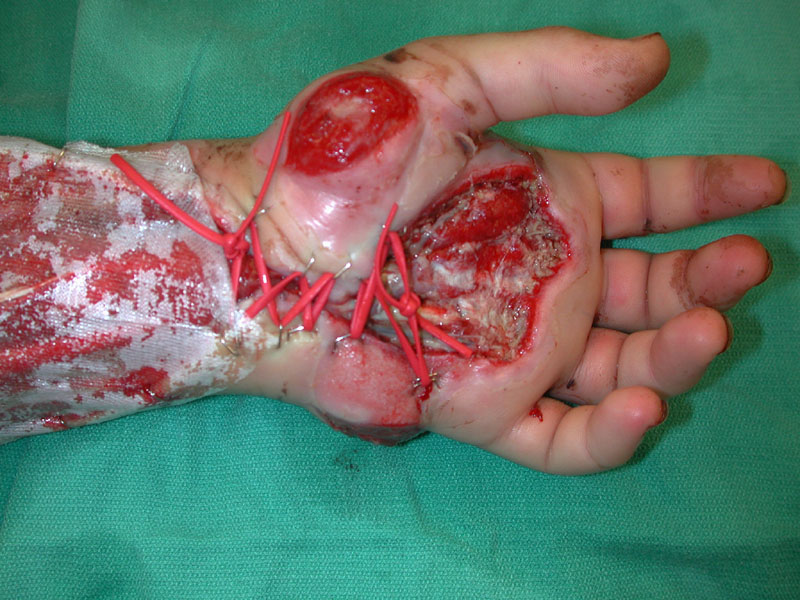
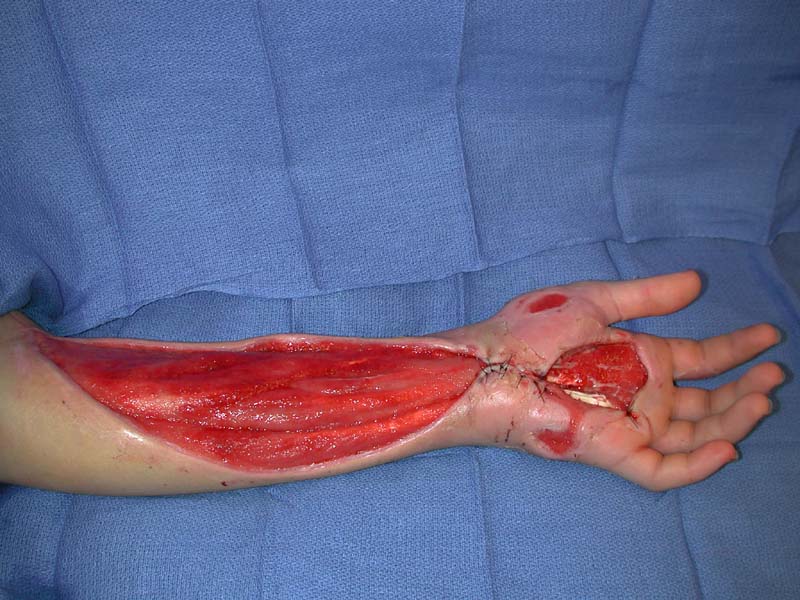
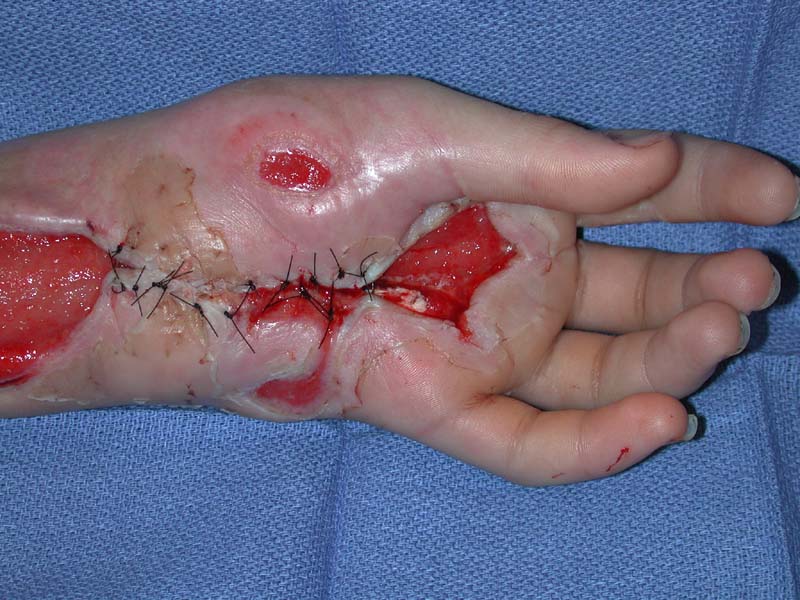
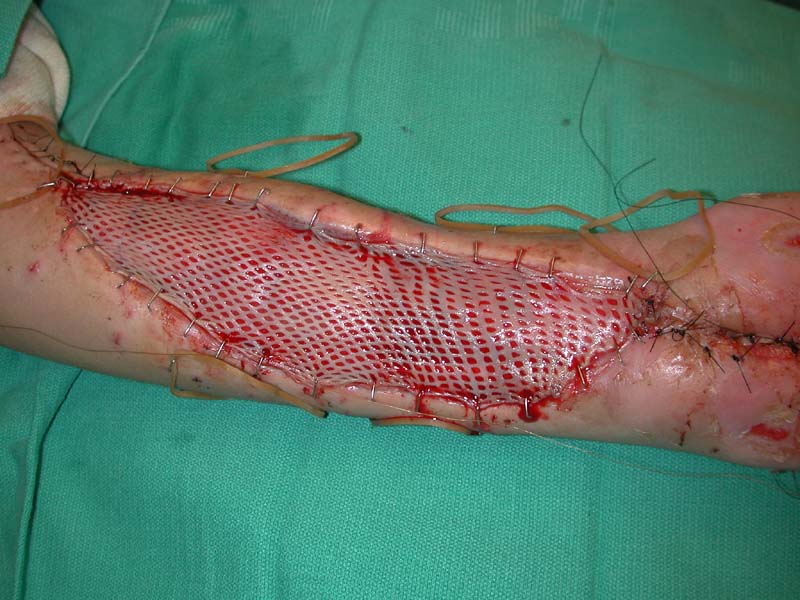
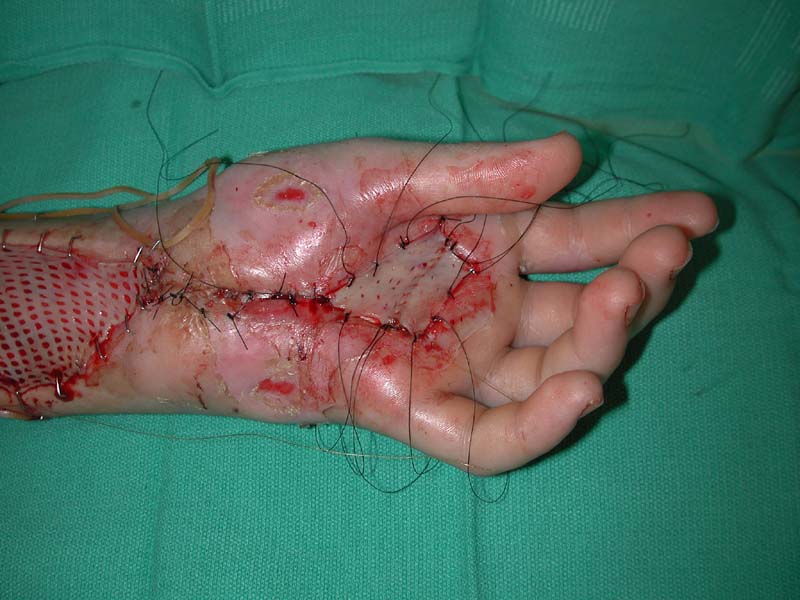
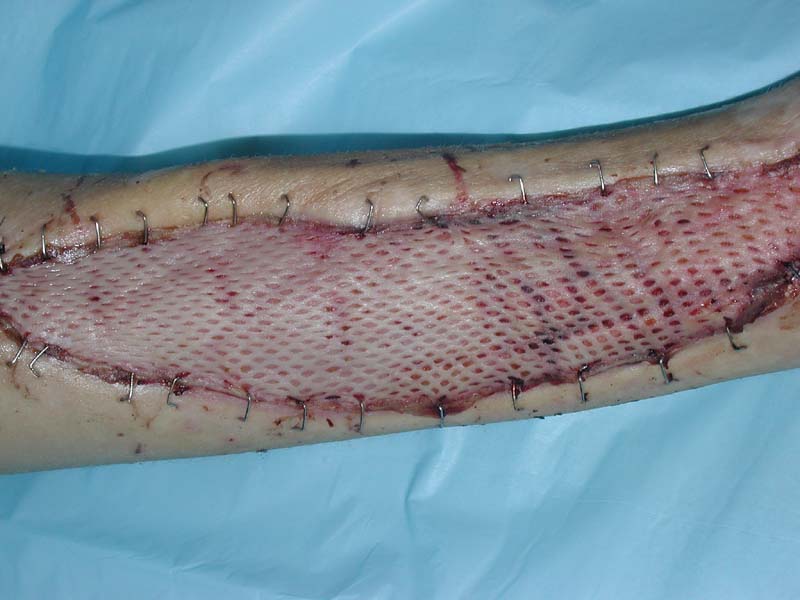
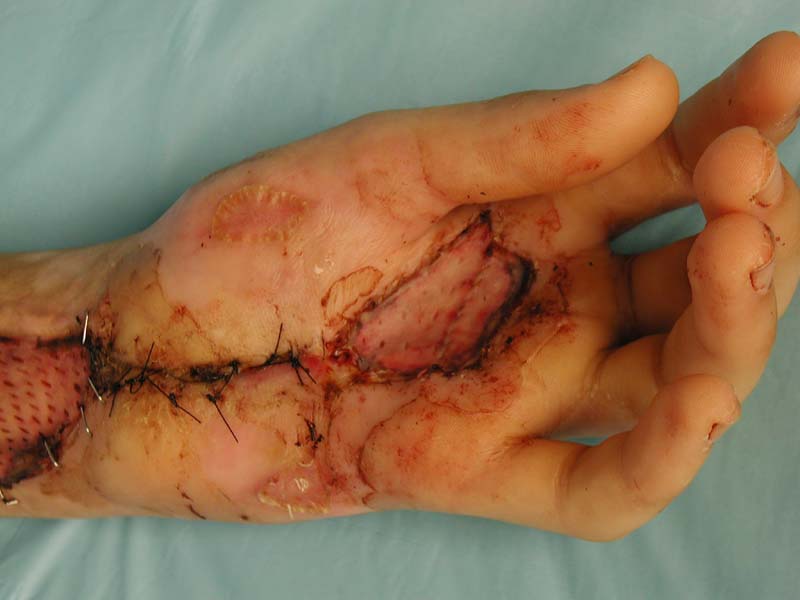
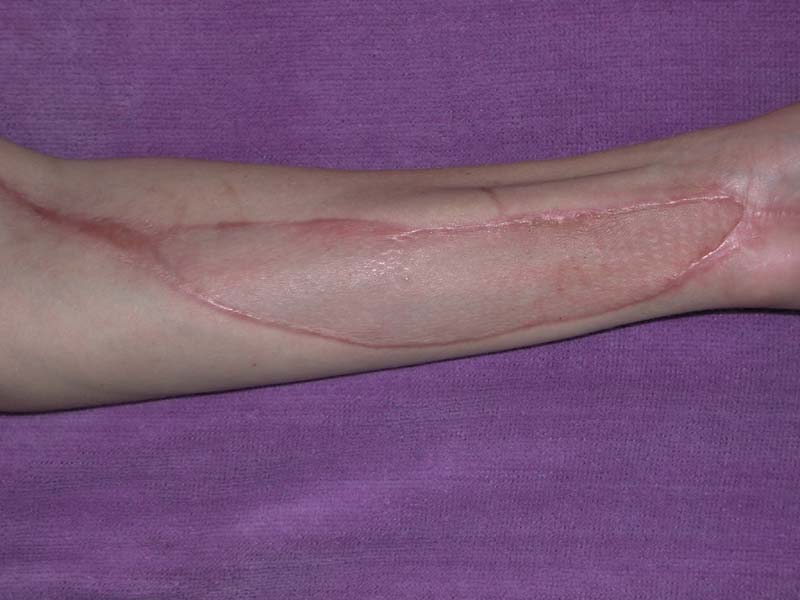
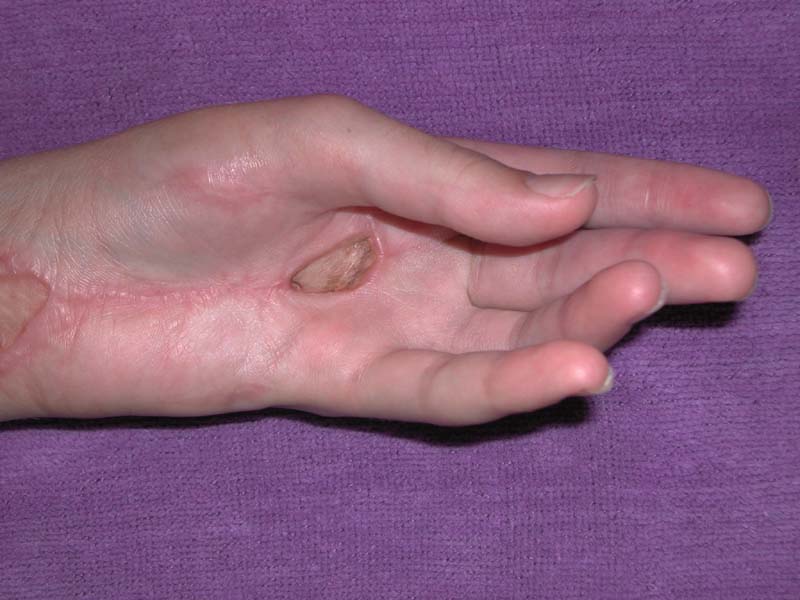
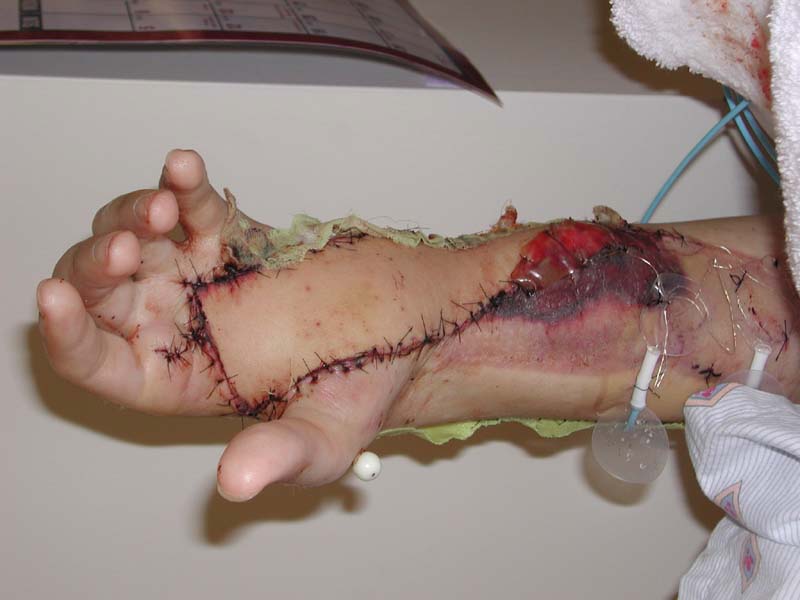
There are few living things that create fear and loathing like snakes, and these serpents are among the world’s deadliest creatures.
